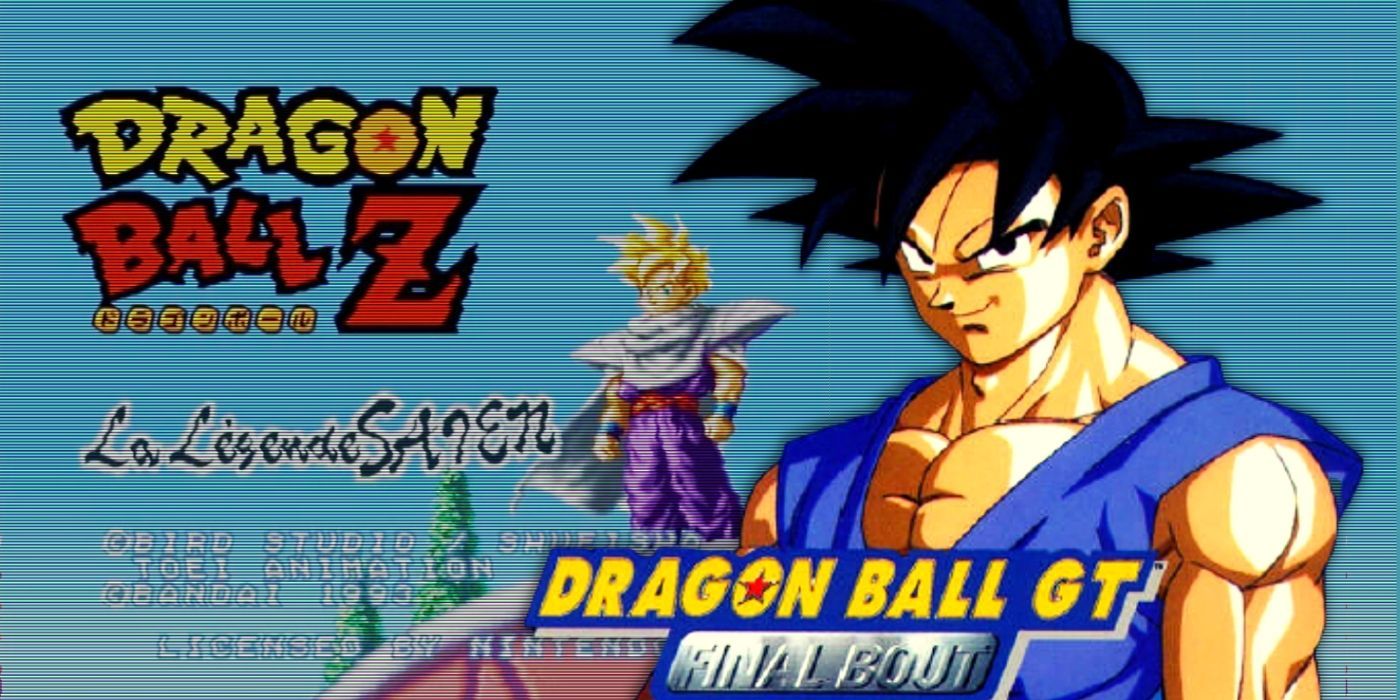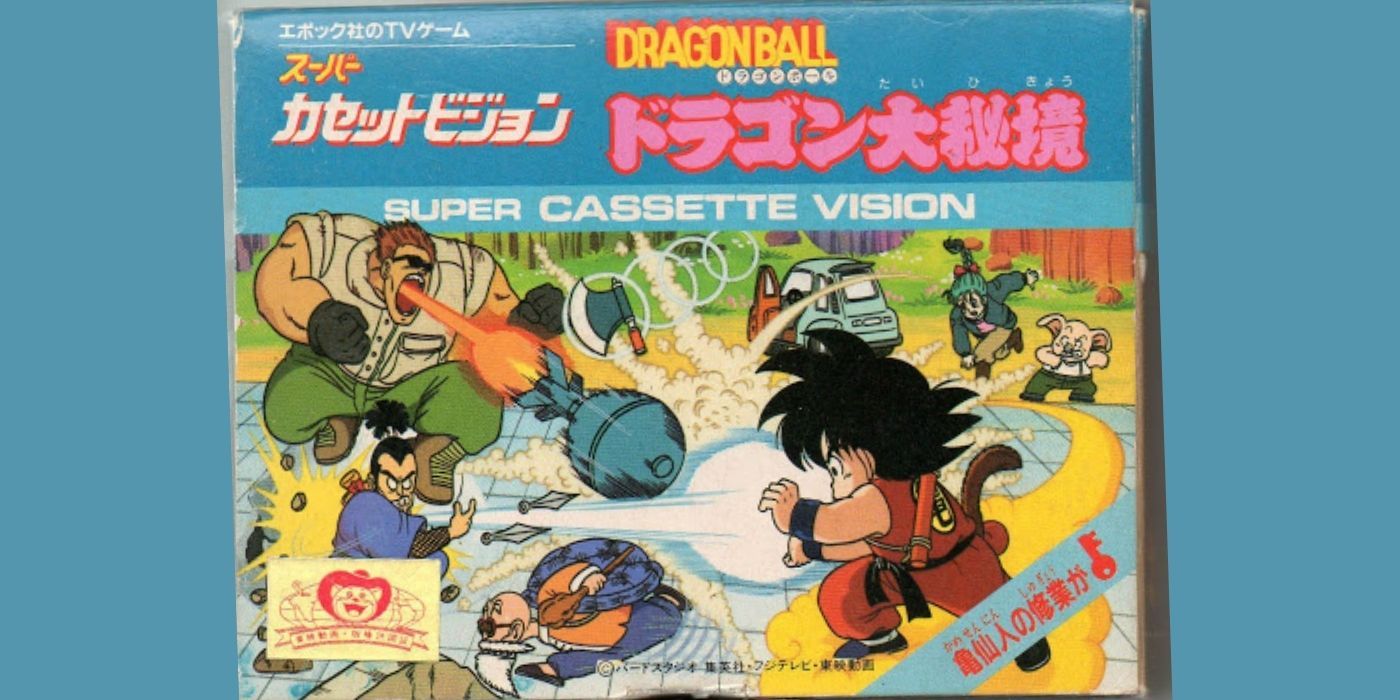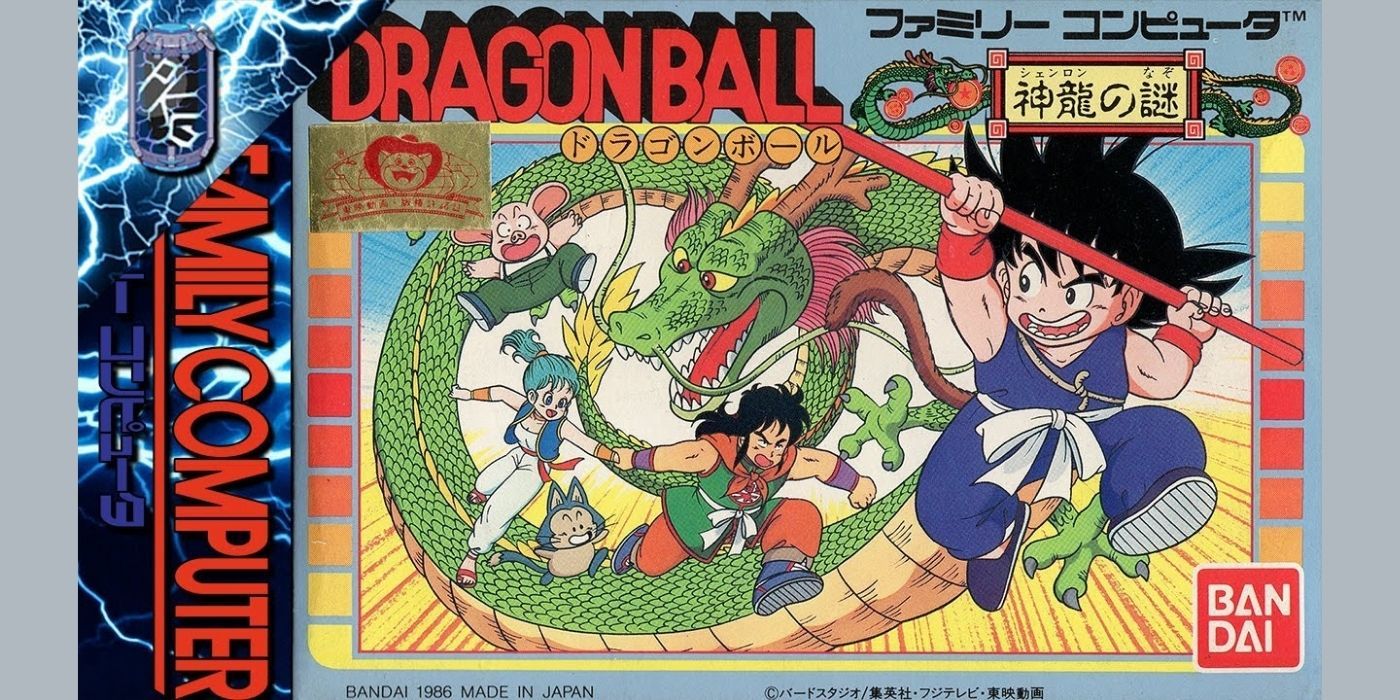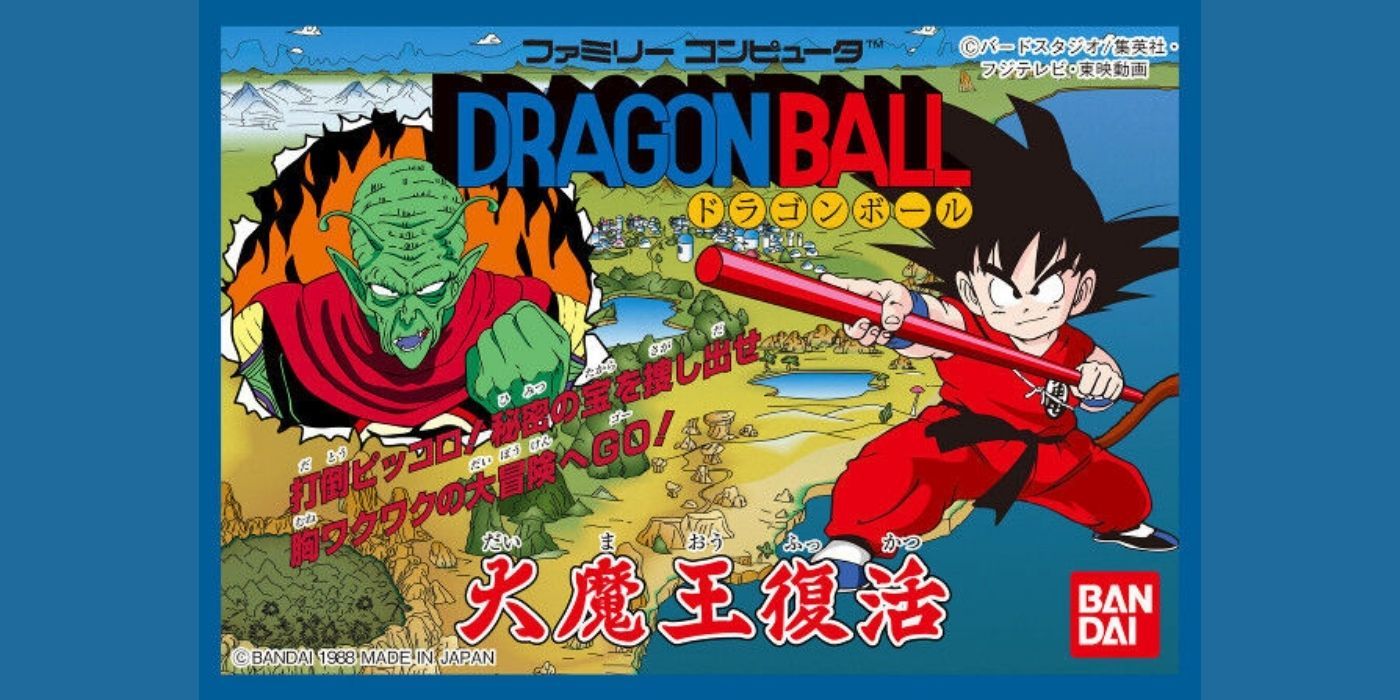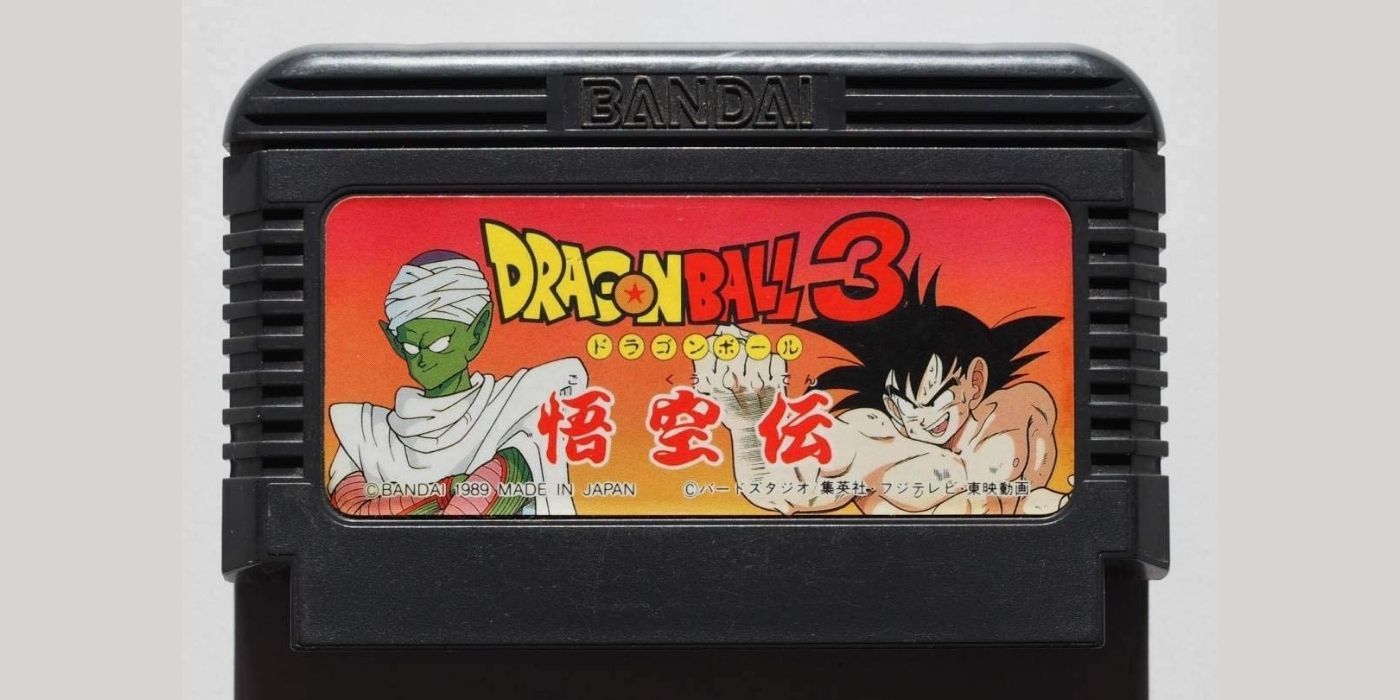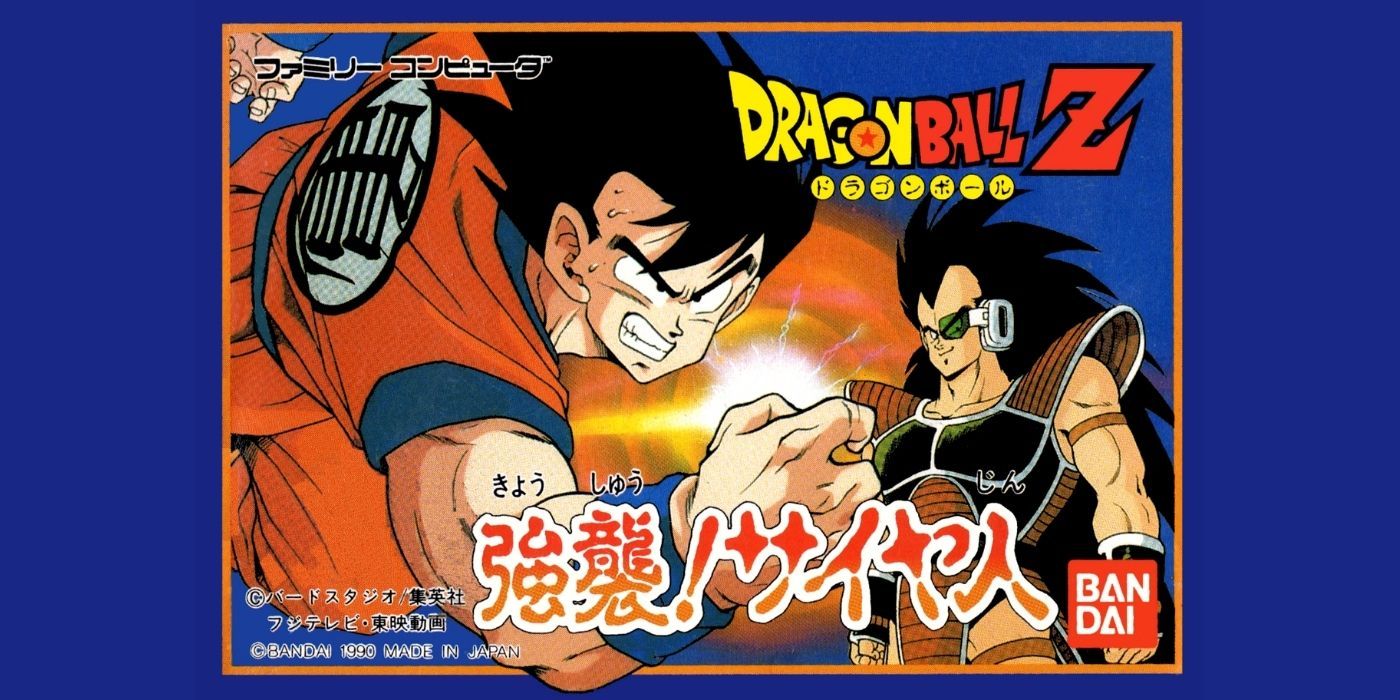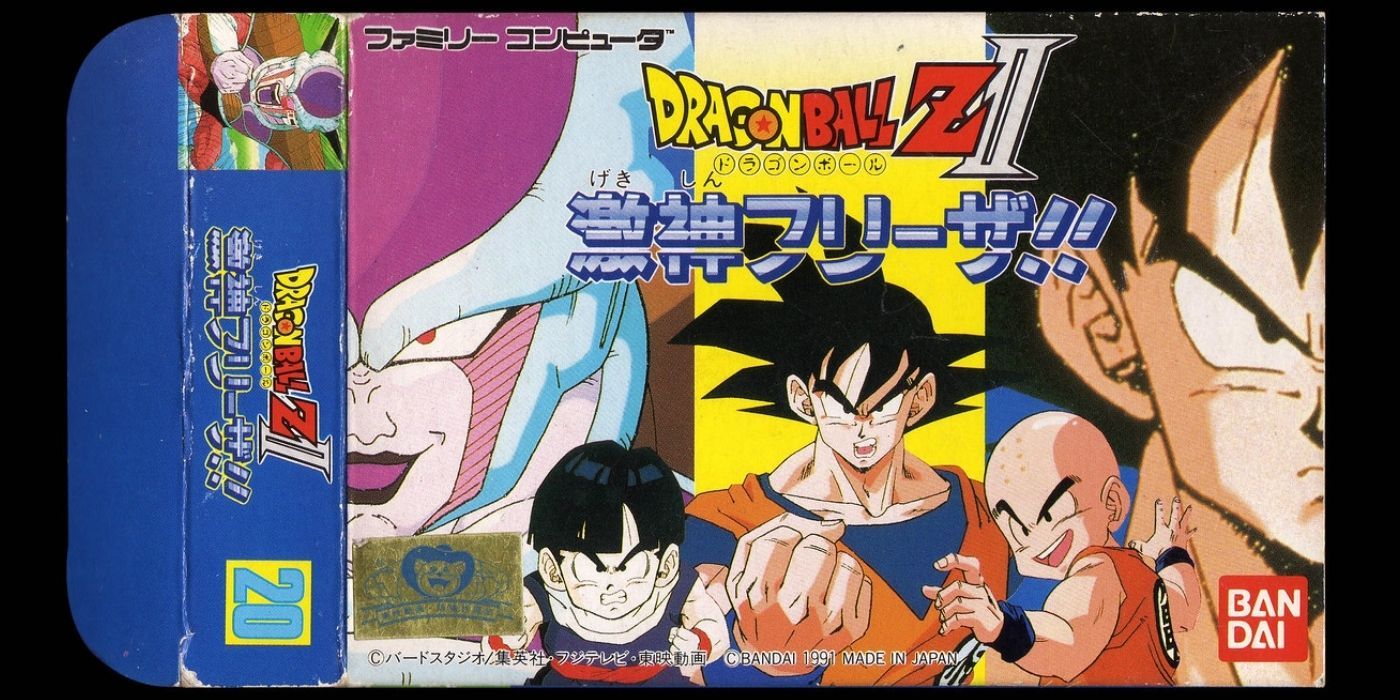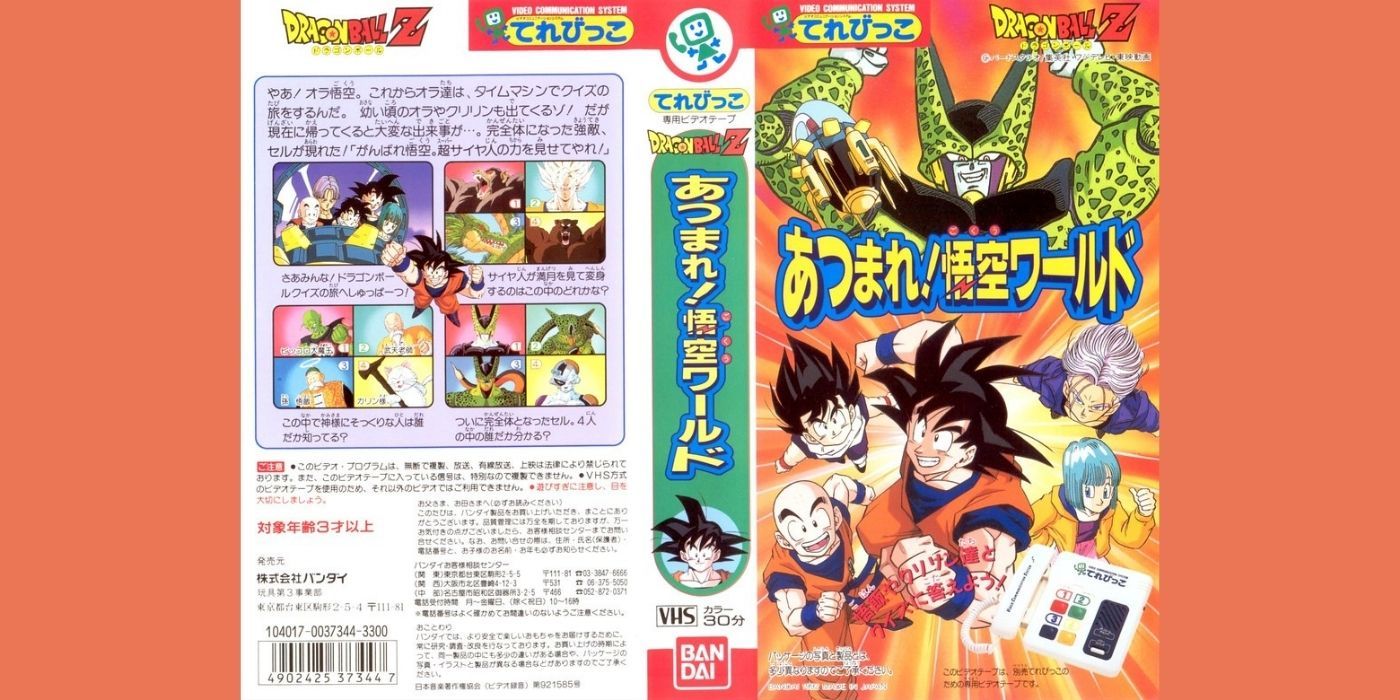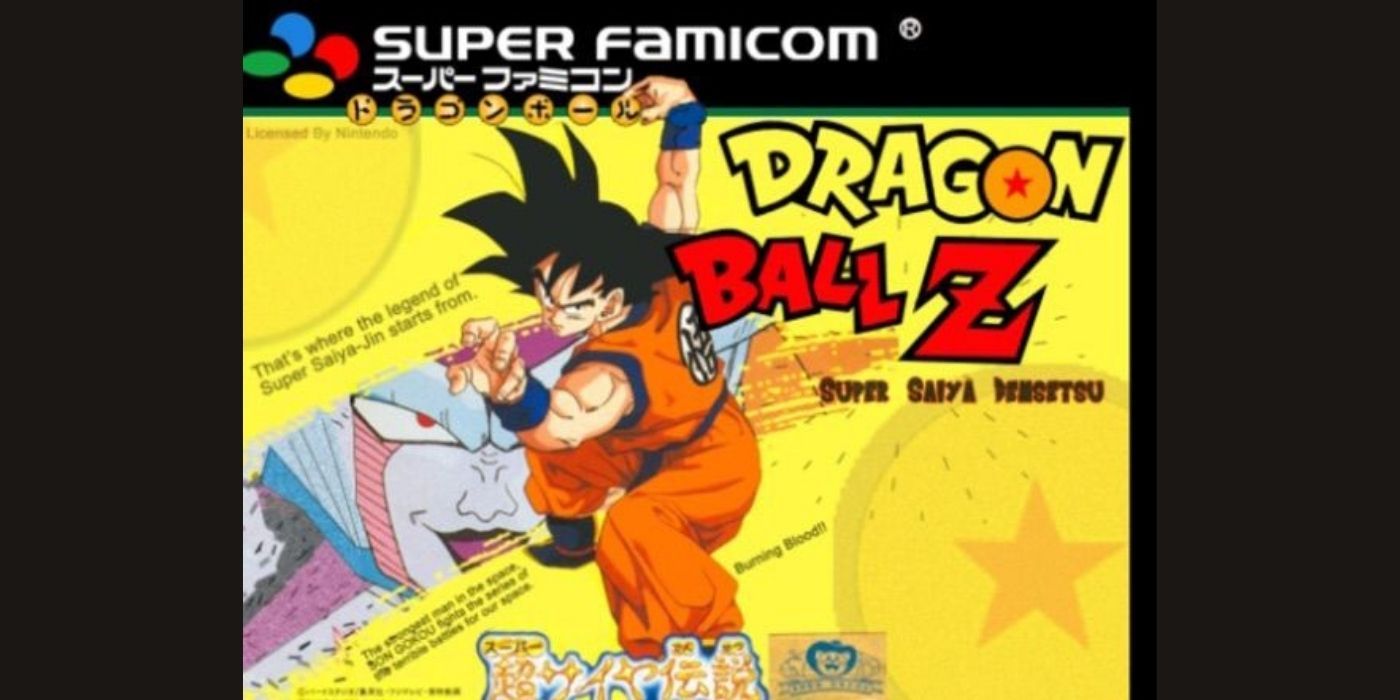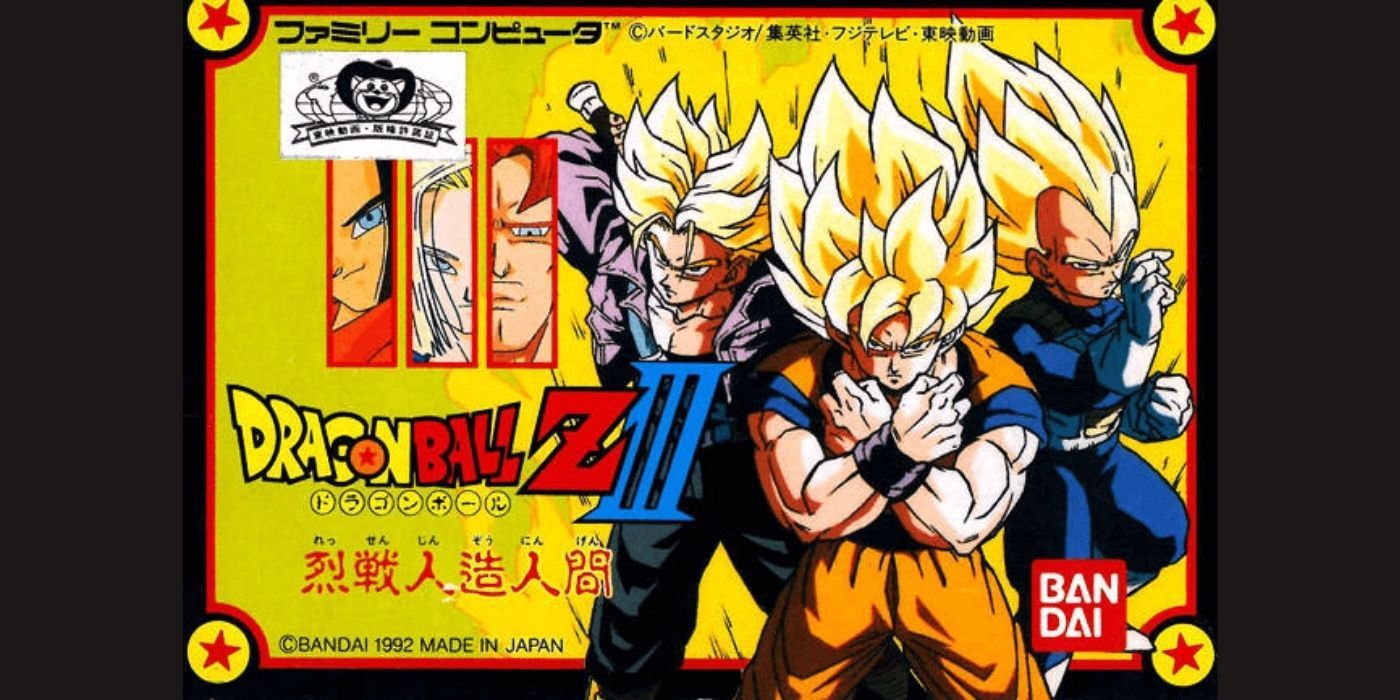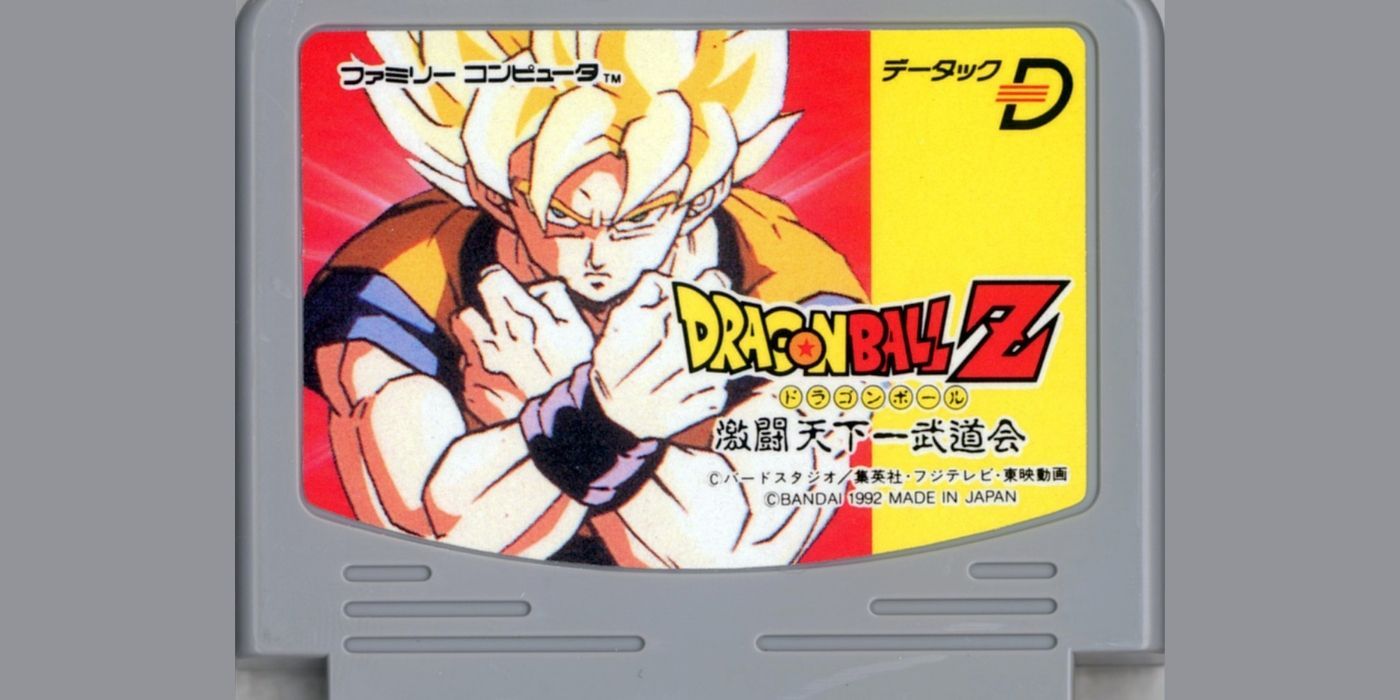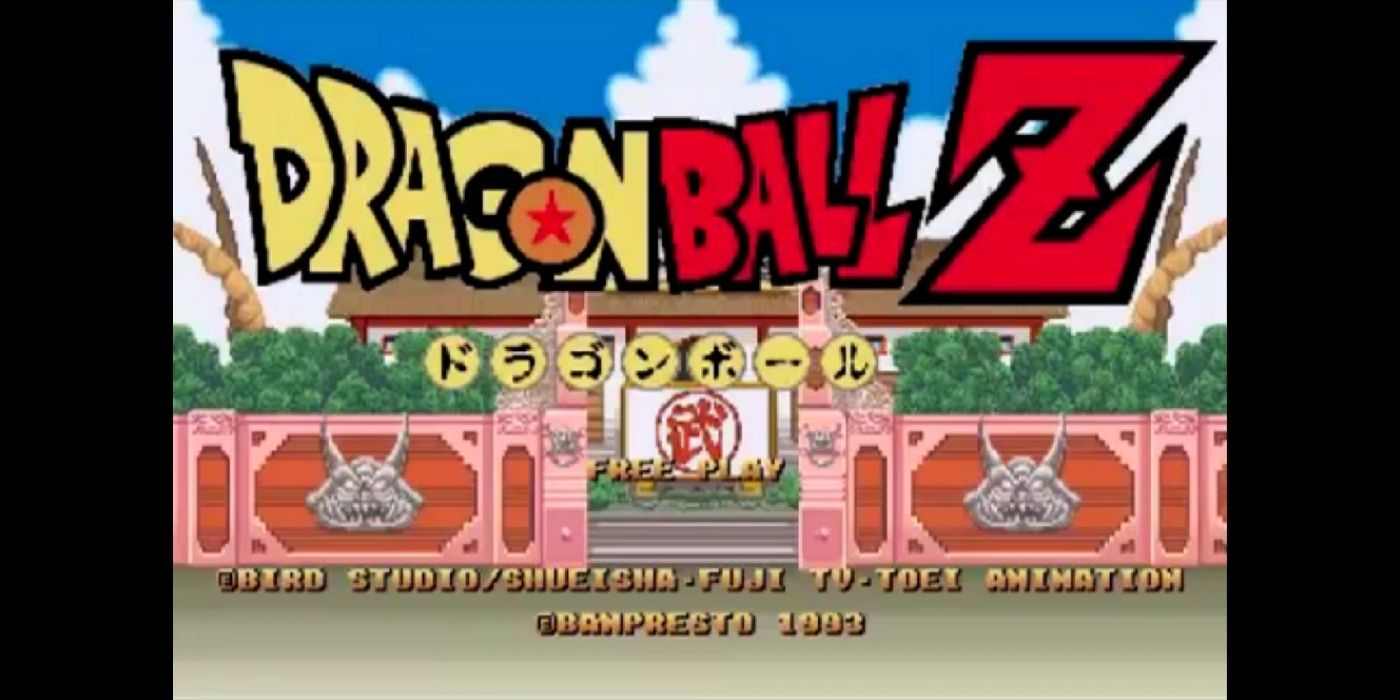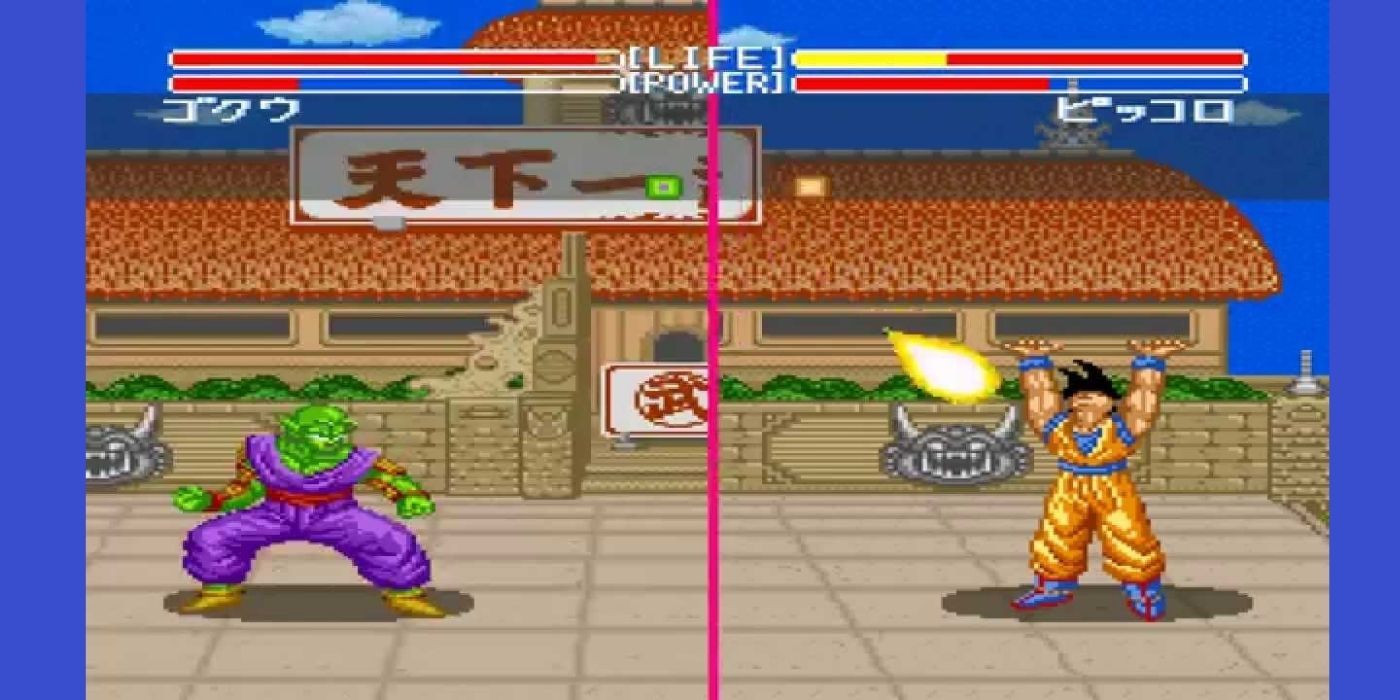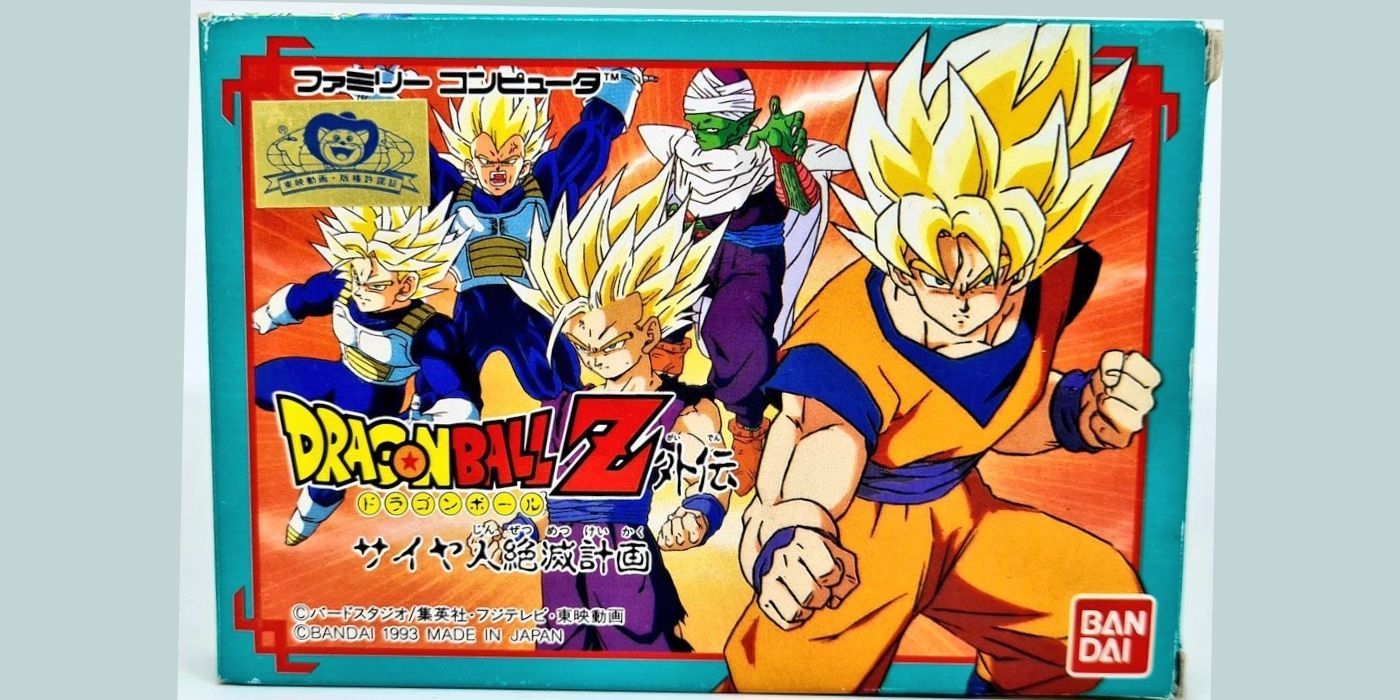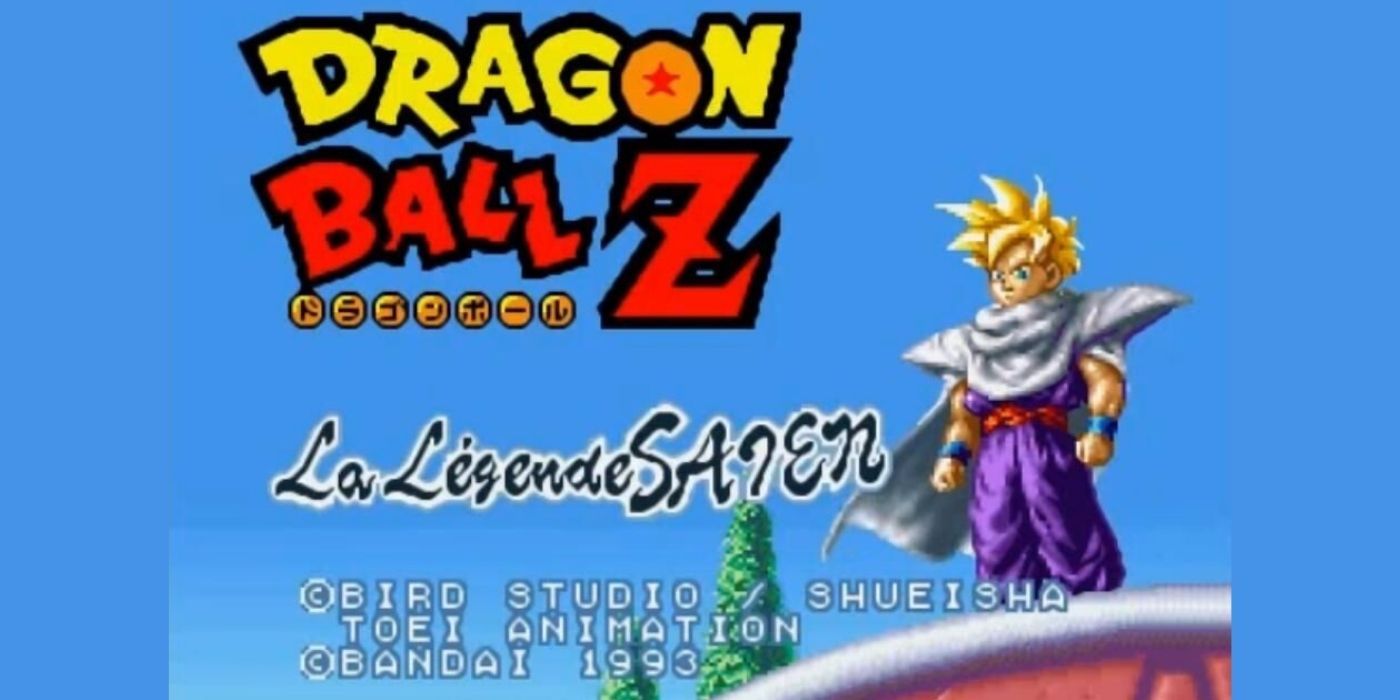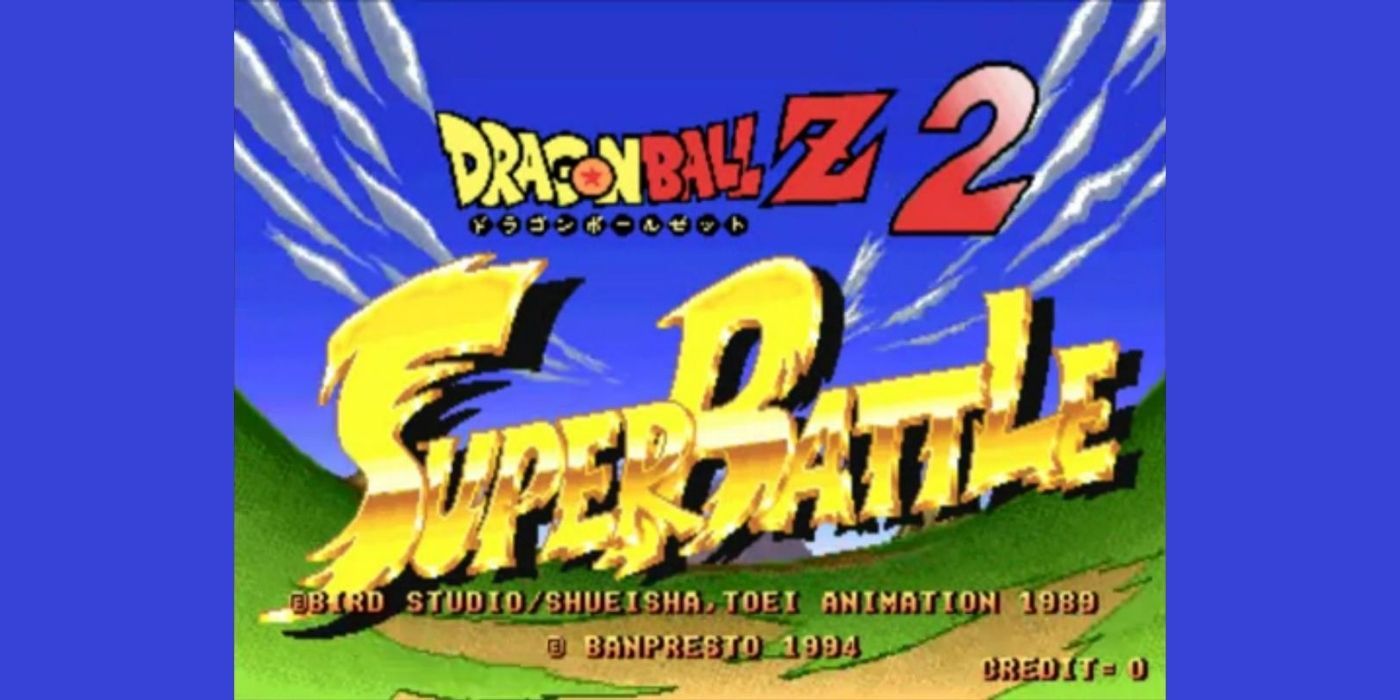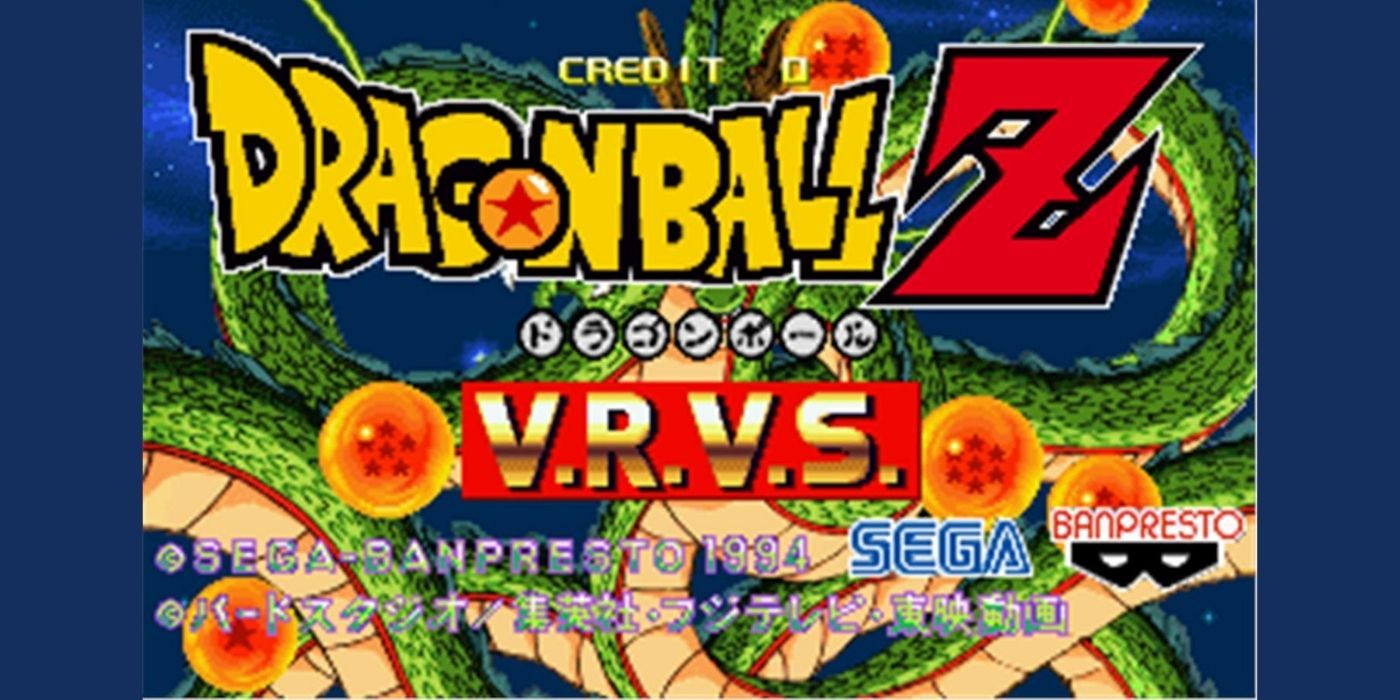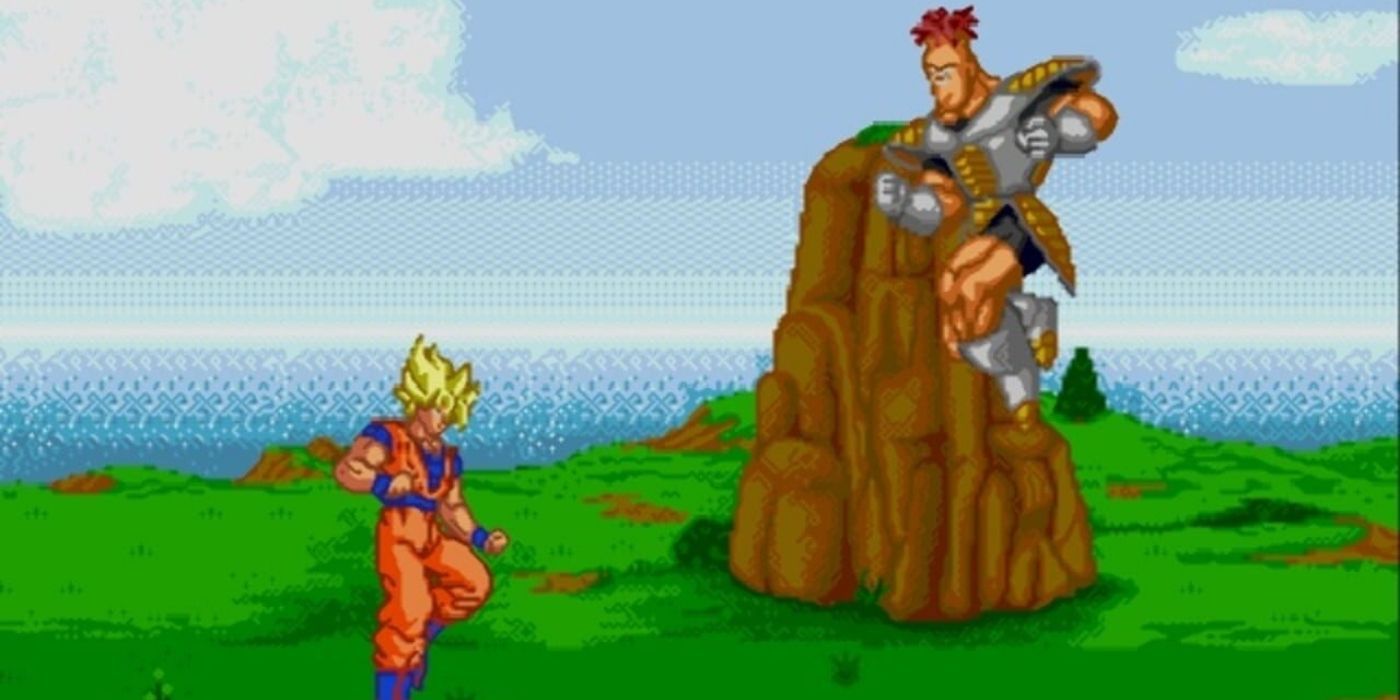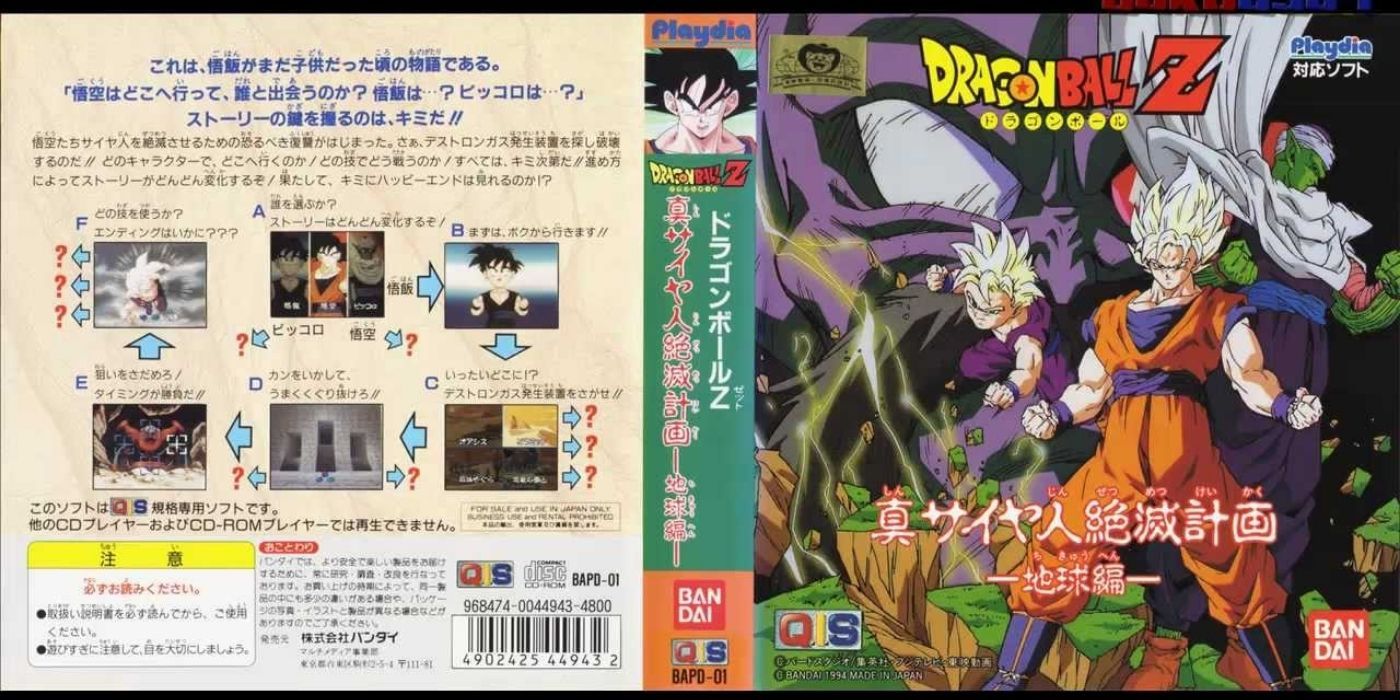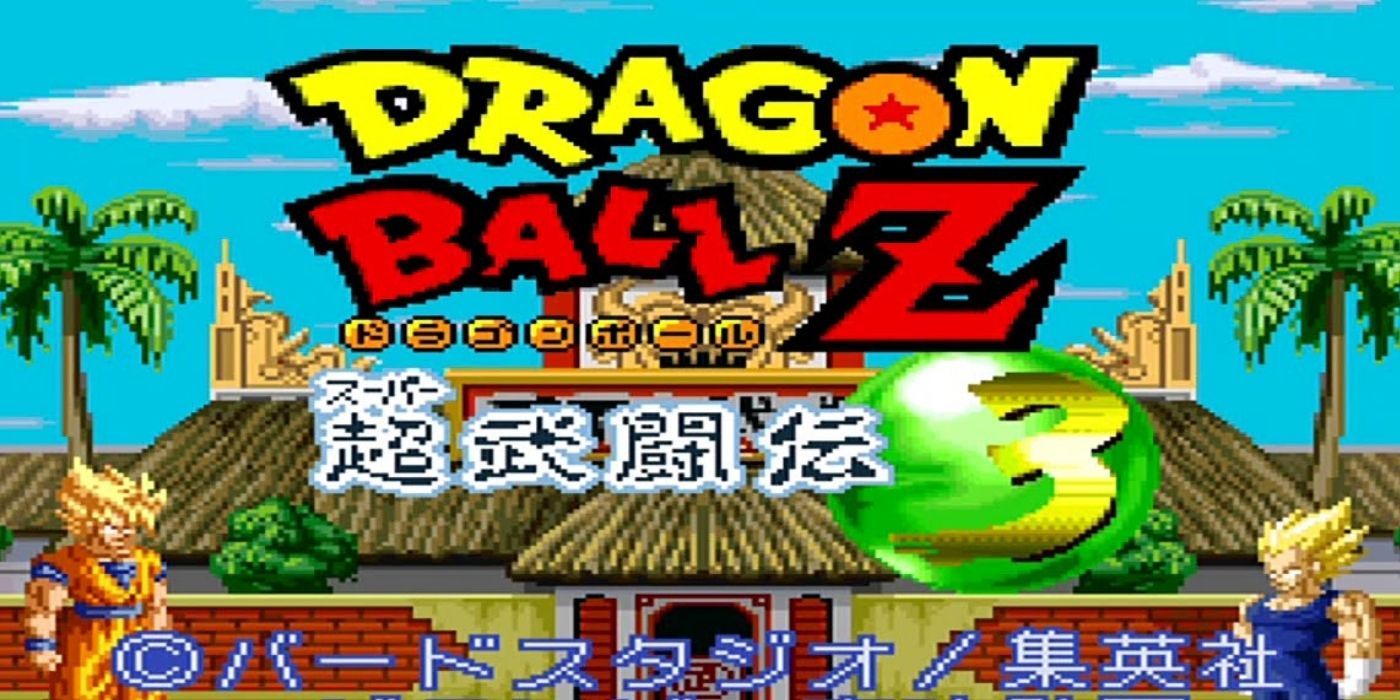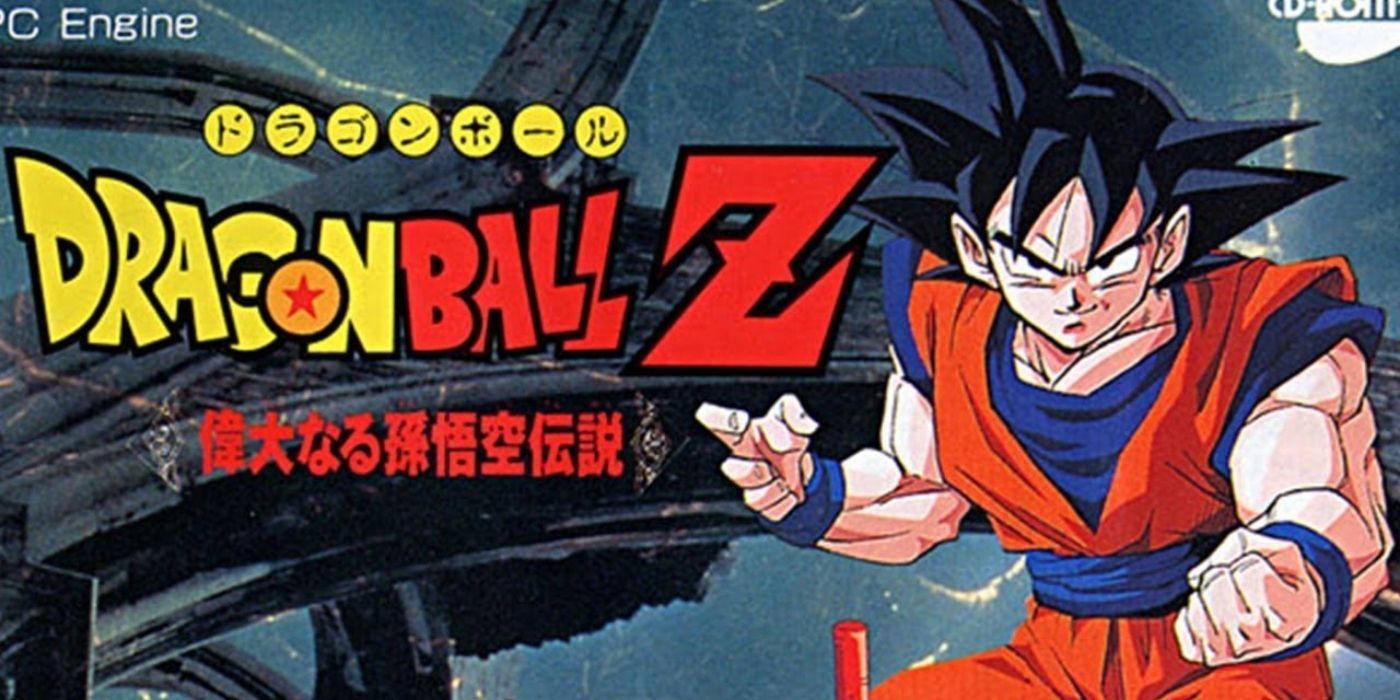Few franchises have a history as storied and rich as Dragon Ball. Countless modern mangaka credit Akira Toriyama with inspiring their work, and newcomers to anime often find themselves invested in Goku and company even decades after the first anime aired. Dragon Ball's impact on popular culture can't be overstated, and it's no surprise that in the years leading up to the new millennium, the franchise produced dozens of games on a wide variety of platforms.
While these games differ in style and quality, and many never saw international releases, the consistent popularity of Dragon Ball has created a nuanced canon of video games that nostalgic fans look back on fondly.
Note: For the sake of consistency and because not all games received releases beyond Japan, Japanese titles and release years will be used throughout this list. Individual handheld games haven't been included, nor have Shonen Jump tie-in games.
31 Dragon Ball: Dragon Daihikyō (Super Cassette Vision, September 1986)
The first-ever Dragon Ball console game wasn't produced by BANDAI, but by Epoch Co., which was responsible for producing the Super Cassette Vision console. The game is a shoot 'em up in which players play as Goku, who rides the Flying Nimbus and attempts to gather the Dragon Balls.
30 Dragon Ball: Shenlong no Nazo (NES, November 1986)
The first game produced by BANDAI, Dragon Ball: Shenron no Nazo was known as Dragon Power in the US. The name change was an intentional attempt to distance the game from its original licensing and the Dragon Ball franchise.
The game is a 2-D side-scroller with 14 different stages and was the first Dragon Ball game released in Europe.
29 Dragon Ball: Daimaō Fukkatsu (NES, August 1988)
The second Dragon Ball game created for the Famicom (the NES), Daimao Fukkatsu was also the first RPG game of the franchise. Set during the King Piccolo Saga, the game incorporates a board game and playing cards to determine battles against in-game opponents.
28 Dragon Ball 3: Goku Den (NES, October 1989)
The third NES/Famicom game in the franchise, Gokuden was also the last before the games became Dragon Ball Z instead. The game goes through the entirety of Goku's journey leading up to the confrontation with Piccolo Jr. Like its predecessor, Fukkatsu, Gokuden utilizes playing cards in its battle system.
27 Dragon Ball Z: Kyôshū! Saiyan (NES, October 1990)
Released only in Japan, Kyôshū! Saiyan was the first DBZ console game. There are ten levels in the game and several playable characters: Goku, Piccolo, Gohan, Krillin, Yamcha, Tien Shinhan, and Chiaotzu.
26 Dragon Ball Z II: Gekishin Frieza (NES, August 1991)
Another game released only in Japan, Gekishin Freeza follows the storyline of Namek Saga leading up to the end of the Frieza Saga. However, while characters Yamcha, Tien Shinhan, and Chiaotzu are dead in the anime, they are still members of a player's party. The game has 15 chapters.
25 Dragon Ball Z: Atsumare! Gokū Wārudo (Terrebikko, 1992)
A VHS tape of DBZ animation and a Terrebikko phone system allowed young players of Atsumare! Gokū Wārudo to call and command DBZ characters, as well as answer trivia questions.
24 Dragon Ball Z: Super Saiya Densetsu (SNES, January 1992)
The first game created for the Super Nintendo, Super Saiya Densetsu is partially a remake of Kyôshū! Saiyan and Gekishin Freeza. It combines the two games while cutting out the filler elements. As before, the game uses a card-based fighting system.
Vegeta is technically under a player's control but ignores commands and attacks on his own at times.
23 Dragon Ball Z III: Ressen Jinzōningen (NES, August 1992)
A direct sequel to Gekishin Freeza, Ressen Jinzōningen acts as another tie-in with the DBZ anime, incorporating the end of the Frieza Saga and the Imperfect Cell Saga. For the most part, enemies in the game are named after fish. It was the first game in which characters could transform mid-battle.
22 Dragon Ball Z: Gekitō Tenkaichi Budokai (NES, December 1992)
An evolution of sorts that seemed to forecast amiibos of the future, Gekitō Tenkaichi Budokai required players to purchase a card reading attachment, the Datach Joint Rom System, to add characters to the game. Players could then collect up to 28 playable characters as well as individual cards for their transformations. Only six other games ever used the Datach Joint Rom System.
21 Dragon Ball Z (Arcade, 1993)
Designed by Banpresto, the first Dragon Ball arcade system had a lot in common with Street Fighter games of the 90s. The system was released only in Japan but may have been imported under the radar to the States as well.
Since the game can be played in English, an eventual international release may have been the plan, but it never happened.
20 Dragon Ball Z: Super Butōden (SNES, March 1993)
Similar to the first arcade game and the first Butōden game, Super Butōden features a fighting gameplay style in the tradition of Mortal Kombat or Street Fighter. Players can choose between eight different characters and take part in tournaments as well.
19 Dragon Ball Z Gaiden: Saiyajin Zetsumetsu Keikaku (NES, August 1993)
The last game in the franchise released on NES/Famicom, Saiyajin Zetsumetsu Keikaku marked the end of an era. While all previous Dragon Ball and Dragon Ball Z games ran in conjunction with the anime and manga, this game featured an original plot.
18 Dragon Ball Z: Super Butōden 2 (SNES, December 1993)
Released in France and Spain and Japan, the sequel to DBZ: Super Butōden includes 10 playable characters and covers the Cell Games Saga.
It was the first of the games in which players could fight underwater.
17 Dragon Ball Z 2: Super Battle (Arcade, 1994)
The second Dragon Ball Z arcade game has more in common with the Butōden series than it does with the prior arcade game. Once again, the game is playable in both English and Japanese, though an international release never came to be.
16 Dragon Ball Z: V.R.V.S. (Arcade, 1994)
Set just before the Cell Games, V.R.V.S was designed by SEGA and Banpresto and was only playable on systems in Japan. The game incorporates motion sensors, allowing players to use their bodies to control characters.
15 Dragon Ball Z: Buyū Retsuden (Megadrive/SEGA Genesis, June 1994)
Buyū Restuden was never translated into English or sold in the US but did receive releases in France and Portugal. For the most part very similar to the Butōden games produced for the Super Nintendo, Buyū Restuden incorporates elements from the anime more loosely.
14 Dragon Ball Z Gaiden: Shin Saiyajin Zenmetsu Keikaku — Chikyū-Hen (Playdia, September 1994)
Only playable on the Playdia, Chikyū-Hen was released in conjunction with the Plan to Eradicate the Saiyans OVA series. The game is more or less a choose-your-own-adventure version of the OVA in which players are shown animated scenes and asked to make decisions along the way.
13 Dragon Ball Z: Super Butōden 3 (SNES, September 1994)
The third Butōden game has a lot in common with its predecessors but focuses on the Majin Buu Saga. The game has no story mode but incorporates familiar story elements into its Tournament Mode instead.
12 Dragon Ball Z: Idainaru Son Goku Densetsu (PC Engine, November 1994)
Dragon Ball Z: Idainaru Son Goku Densetsu allows players to participate in seven of Goku's greatest battles, including the destruction of King Piccolo and his own sacrificial demise.
Players aren't always in full control of Goku's movements, and cutscenes to the anime are interspersed throughout the battles.

